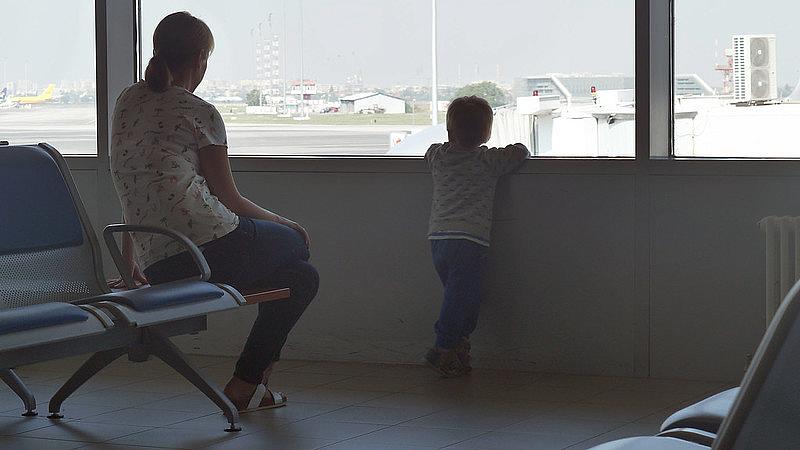How does the trauma of domestic violence cascade down through generations?

(Photo by Ivan Lapenkov via Flickr/Creative Commons)
One fall afternoon in 2018, a reporting team at The Cincinnati Enquirer endured another staff meeting kicking around project ideas. The conversational ball passed to me, a health writer. I had been thinking about the Me Too story, and so I blurted, “Why can’t men and women get along?”
Suddenly, the room bubbled with opinions, and enterprise editor Mark Wert channeled that energy into the issue of domestic violence in Cincinnati, assigning the story to my reporting colleagues Terry DeMio and Cameron Knight and me. Through much of 2019, we collected string, searching for a revelatory idea between assignments on our busy beats. We debugged a decade of county court records on domestic violence. We interviewed advocates and police officers. We spoke with survivors and families.
Then the pandemic arrived, and we found the story of domestic violence had turned even more inward, and darker. In April 2020, we teamed up when Knight discovered that six women had been murdered in just that one month, more than in all of 2019. In July 2020, we told readers that during the six-week Ohio shutdown, domestic violence had risen by at least 23%.
But we still sought the more meaningful story. To have the impact we envisioned, we knew we had to push beyond crime reporting. But how? Finally, Knight said: “We need to look at what happens to kids.”
From our combined years of covering police, courts and foster care, we know domestic violence casts a shadowy legacy from parent to child. Illustrating that legacy in a sensitive, compassionate way, and finding solutions to breaking the chain, were the challenges. Knight had another idea: Instead of swinging for the fences, The Enquirer could focus on a month or so of domestic violence arrests then track how many of offenders and survivors themselves spent childhoods in domestic violence.
Bingo. With the access we now have to courthouse data, our reporting team could track that story of intergenerational family secrets and dramas. Plus, I brought to the table the insights from the recent Center for Health Journalism two-day seminar on domestic violence.
With an Annenberg grant, our reporting team and photographer Liz Dufour now are deep into reporting a three-story series with multimedia. The goal is to illustrate how everyone has a stake in the prevention of domestic violence; the human species isn’t going to progress otherwise.
Each main story of this project will focus on children. We will illustrate with data and narrative storytelling the intergenerational legacy of domestic violence and intimate partner violence. We will reveal the innovative police work in Cincinnati that is changing how families survive the crisis of domestic violence. We will take readers into spaces where children are learning with their parents how to break the cycle of domestic violence.
The Cincinnati Enquirer also has been an industry leader in producing high level engagement across key social media channels, especially Instagram. We are working with social media manager Sallee Ann Harrison to craft a campaign that not only directs readers to our journalism but will point those in need of help to resources across the 15 counties of our readership.
We are using the grant from the Center for Health Journalism’s Domestic Violence Impact Reporting Fund to hire a dedicated data analyst and researcher who will help us build the family trees of domestic violence over the three key stories. We also are discussing ways to give readers a channel for the energy we hope to ignite with this project through a child advocacy agency or nonprofit.

